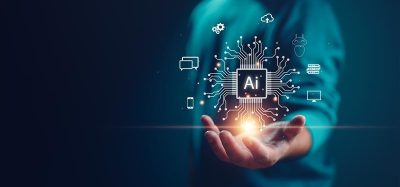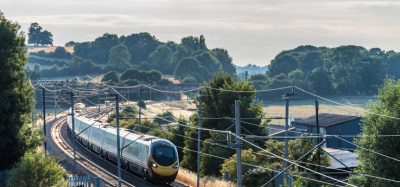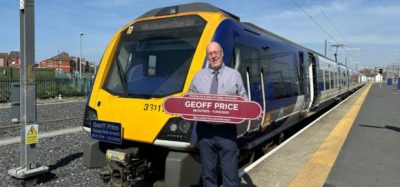How AI is putting the railway industry back on track
Posted: 27 March 2025 | Koko Visser | No comments yet
Koko Visser, Global Head of AI, Valcon, addresses the adoption of artificial intelligence (AI) in the rail industry.
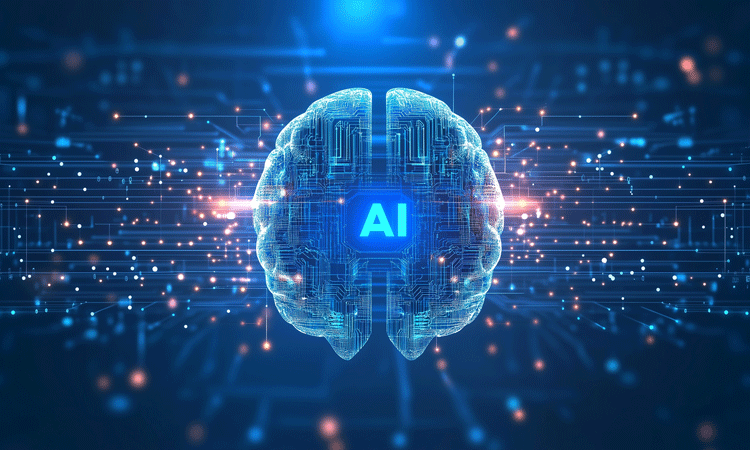

It’s all about AI. The market’s growth is mind boggling. The size of the artificial intelligence (AI) is set to reach US$184bn in 2024 and set to grow to US$826.70bn by 2030. As with any new, shiny technology, all companies want to get on the bandwagon and find out what it means for them, how their businesses can benefit. So, this is a tricky time for organisations across all industries – they know they need to be engaging with AI, but a lot of them aren’t sure how or where they even start. At this point, they run the risk of throwing money after AI applications that just aren’t going to work for them.
In a nutshell, AI is a bunch of mathematical techniques that help devices and software act as if they can cognitively function.
The railway industry is no different. Operators are racing to understand how AI can sit within their businesses to help perform day to day tasks that previously could not be done with rule-based software. What is all the fuss about? What actually is AI?
In a nutshell, AI is a bunch of mathematical techniques that help devices and software act as if they can cognitively function. One way they do this is by mimicking parts of the human brain through combining vast amounts of human-designed artificial neurons. Each artificial neuron is a very simple formula, but when these artificial neurons are combined in large numbers and trained well, they can perform tasks that could previously only be done by humans.
In the rail industry this is groundbreaking.
If AI can help to take up the slack with conducting manual, repetitive tasks that can only be a good thing, right?
The reality is, even though there is a lot of conjecture and panic about AI replacing jobs, the demographic story, not just in Europe but around the world, is that we live in a world with a severely ageing population. There simply aren’t the people available to conduct the jobs that need to be done. If AI can help to take up the slack with conducting manual, repetitive tasks that can only be a good thing, right?
Here are the different applications of AI in the rail industry:
- Maintenance needs: AI can support asset management in railways by predicting maintenance needs through real-time and historical data, automating inspections to detect early damage and optimising schedules to reduce service disruptions. It also enhances risk management by prioritising critical maintenance tasks, analyses sensor data for performance insights and facilitates scenario analysis to improve maintenance strategies and long-term planning – this helps to balance cost and effectiveness.
- Traffic control: AI supports railway traffic control by monitoring real-time train movements, optimising schedules to reduce bottlenecks and predicting disruptions for proactive management. It facilitates the use of adaptive scheduling to balance maintenance needs with minimal impact on traffic flow and helps crowd management of passengers by anticipating high-traffic areas. It also helps to smooth communication across teams and with passengers for updates. Together, these capabilities help to streamline operations, reduce delays and ensure a smoother experience for operators and passengers alike.
- Health and safety: through data analysis, AI enhances health and safety in railway maintenance by detecting hazards in real time, monitoring worker safety and predicting high-risk situations. It ensures compliance by flagging protocol deviations and supports fast emergency response with real time insights. AI-based simulations also provide safe, realistic training for workers, which reduces their exposure to potential hazards and helps to foster a safer work environment.
- Back-office processes: and it’s not just the coal face of railway engineering and operations – AI can also help to finetune back-office rail processes by automating data analysis, inventory tracking and resource allocation. This can help to ensure things like the timely availability of parts and helps to optimise staffing. AI can also accelerate documentation production, which can help lead to predictive budgeting and automates routine workflows – this can free up staff for higher-priority tasks. These efficiencies ultimately help to streamline operations, reduce costs and improve decision-making in railway maintenance.
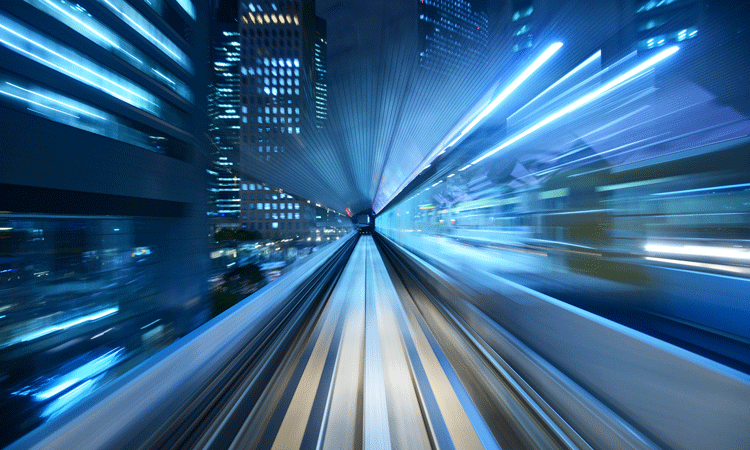

AI is making organisations more scalable than ever, handling tasks that once relied on human intelligence. In a world where workforces are aging and safe, healthy workplaces are top priorities, companies need to seriously consider which tasks AI should take on. Yes, AI holds massive potential for cost savings, but this isn’t a quick fix – it demands upfront investments and a roadmap that could stretch over years. It’s a journey that calls for strategic adjustments across teams, processes and technology to get it right.
It’s like the early days of the railways – the tech was there, but people were cautious about its safety and usefulness.
Yet, even with all the hype, AI implementation isn’t always smooth sailing. Too often, projects are bogged down in technical complexities that don’t benefit core operations, or companies dive in without fully grasping how humans and AI best work together, leading to tech that goes underutilised. Sometimes, even great business cases get dismissed as ‘impractical’ simply because the approach is off.
Sound familiar? It’s like the early days of the railways – the tech was there, but people were cautious about its safety and usefulness. Luckily, as success stories build, so does confidence, driving the adoption of AI in the railway industry forward.


Issue
Related topics
Artificial Intelligence (AI), Digitalisation, Operational Performance, Passenger Experience/Satisfaction, Rolling Stock Maintenance, Safety, Technology & Software, The Workforce, Timetabling/Scheduling, Track/Infrastructure Maintenance & Engineering



